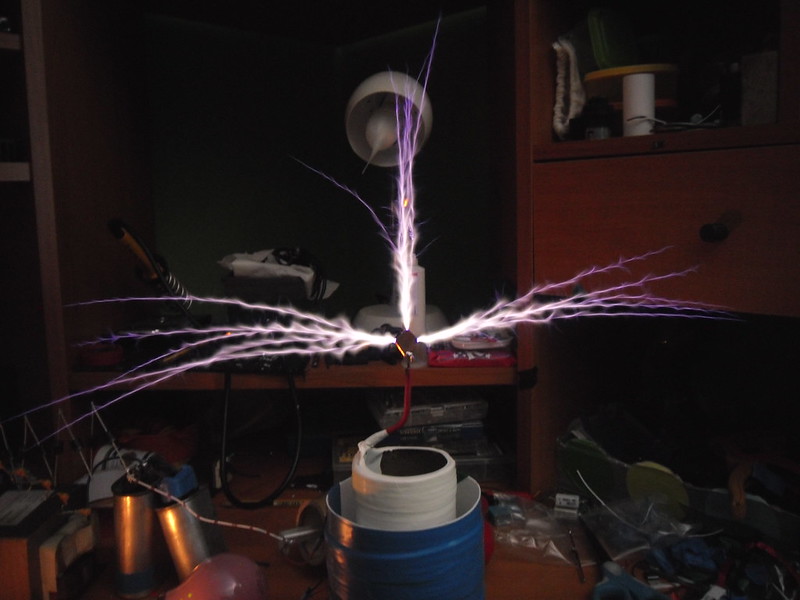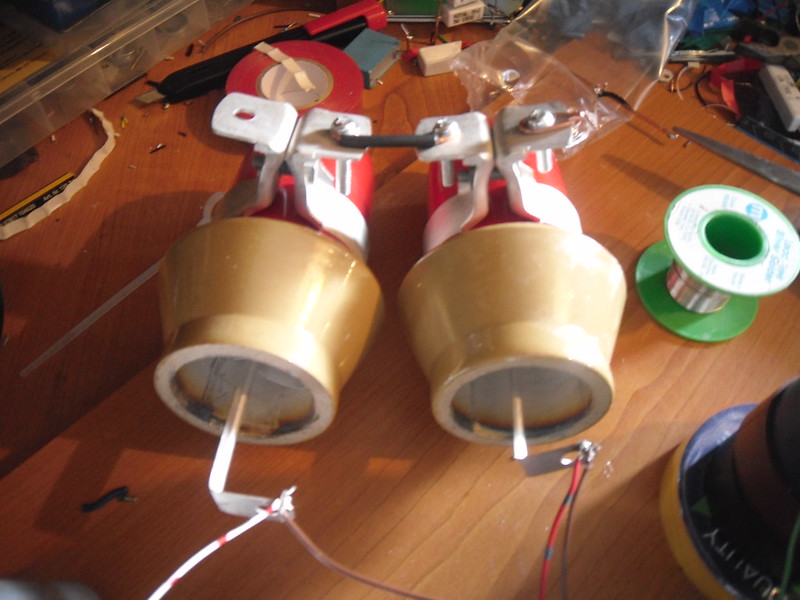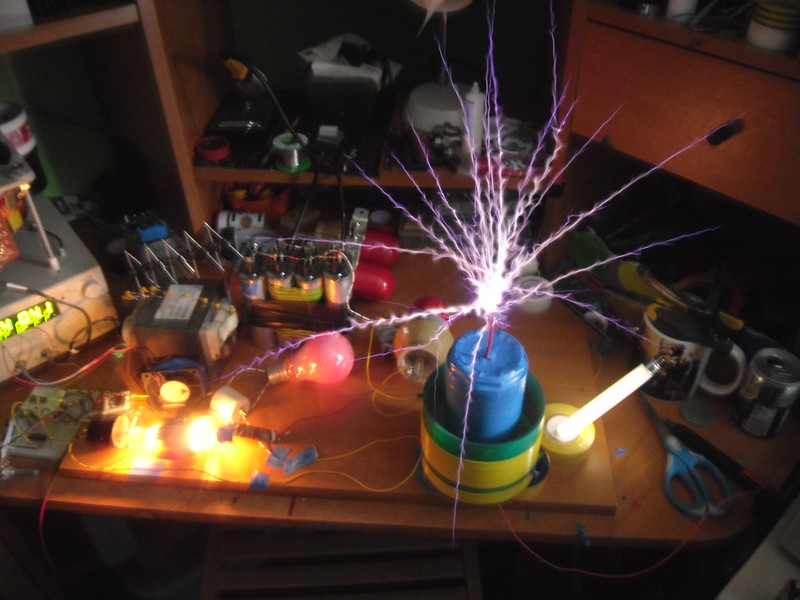- Joined
- Nov 8, 2011
- Messages
- 404
- Points
- 28
@Po210:
Relax, I said it self starts with an interrupter but not on CW.
No one is slamming you and even though you stopped answering my emails a few months back (for no reason at all) I still went with your schematics because AFAIK you have the best non-DR SSTC coil.
That wasn't directed at you. Sig said my board wouldn't self start. I never had any issues with the coil, it's been running on the same components for 2 years now.
As for the emails. I stopped checking that email address because my account was hacked and 99.9% of the emails I get are spam. As well as I have been going through a tough time with depression having my wife cheat on me and divorce me for another guy. So no reason at all....






